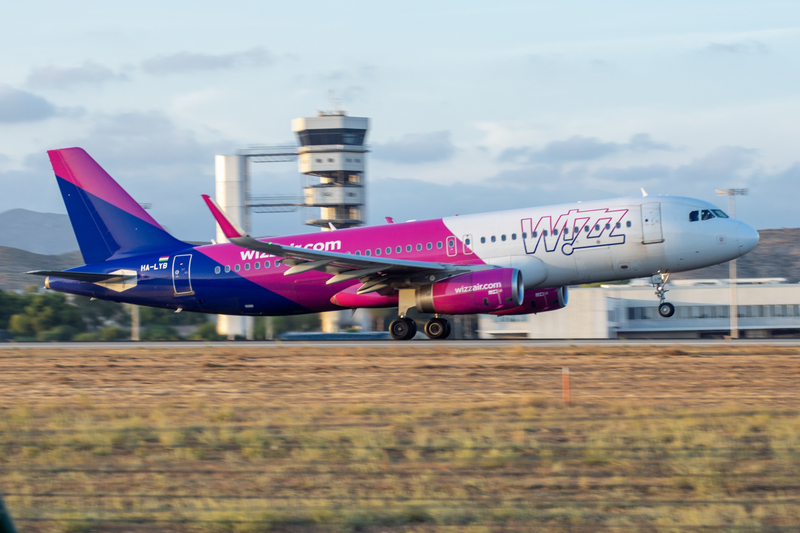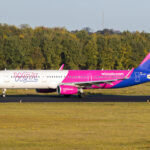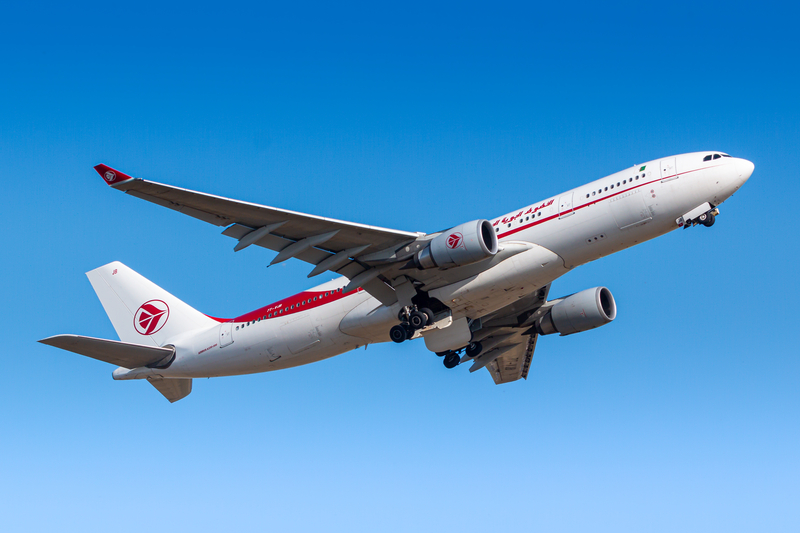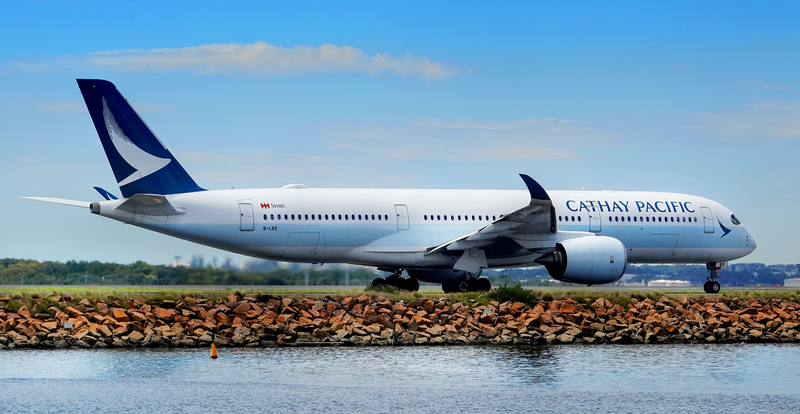Low-Cost Carriers Introduce New Subscription Models to Boost Revenue and Enhance Customer Loyalty

ID 332138974 © Alfonso Sacristan M | Dreamstime.com
In an innovative move to drive new revenue streams and strengthen customer loyalty, low-cost carriers are introducing subscription-based travel options that allow passengers to purchase yearly access to unlimited flights. Wizz Air recently launched a model called “All You Can Fly,” offering travelers the opportunity to book unlimited flights for a flat annual fee. This subscription quickly sold out, signaling strong market demand and interest in such flexible travel options. The initiative represents a new frontier for budget airlines, which are continuously seeking alternative revenue models amid rising operational costs and heightened competition.
Subscription models are emerging as a viable strategy for low-cost airlines to appeal to frequent travelers and encourage consistent engagement with their brands. By offering yearly packages that allow customers to pay a set price for unlimited flights, low-cost carriers aim to generate upfront revenue, secure customer loyalty, and offer greater predictability in passenger numbers. This model also reflects the carriers’ ongoing efforts to diversify beyond ticket sales and increase their reliance on ancillary revenue sources, which often yield higher margins.
The “All You Can Fly” Model by Wizz Air
Hungarian-based Wizz Air, known for its extensive network across Europe and beyond, launched the “All You Can Fly” subscription as a limited-time offering to gauge market interest in subscription-based travel. For £534, subscribers can book unlimited flights for one year, though each flight comes with an additional service fee. The package quickly sold out, underscoring a latent demand among frequent travelers for this type of subscription service.
The “All You Can Fly” model includes several restrictions typical of budget airlines, such as minimal baggage allowance and specific blackout periods. Nevertheless, the demand indicates that travelers are willing to accept these conditions in exchange for flexible, low-cost travel. By paying a flat rate, subscribers can book flights throughout the year without the need to budget for individual ticket costs, making it an attractive option for digital nomads, weekend travelers, and business professionals who prioritize budget-friendly options over premium services.
Subscription-Based Travel: A Growing Trend Among Low-Cost Airlines
Wizz Air is not the only low-cost airline exploring subscription options. Ryanair and easyJet, two of Europe’s largest budget carriers, are also evaluating subscription-based services that would offer annual or monthly travel packages. This subscription model allows carriers to collect revenue upfront while providing regular flyers with enhanced flexibility. Ryanair has hinted at creating a “Ryanair Unlimited” service, potentially allowing passengers to fly within designated regions or on select routes for a yearly fee.
In the U.S., budget carrier Frontier Airlines introduced a similar service in 2023 called “GoWild! Pass,” which offered unlimited flights on Frontier’s network with specific date restrictions. Frontier’s subscription has since been expanded to accommodate different tiers, including options with fewer blackout dates and priority boarding.
These offerings signal a shift within the low-cost airline industry toward a subscription economy, where travelers are incentivized to commit to one airline, thus enhancing brand loyalty. Subscription models provide travelers with a sense of financial predictability, encouraging more spontaneous travel without the pressure of individual flight costs.
Revenue Diversification and the Role of Ancillary Services
Low-cost airlines have historically relied on ancillary revenue streams such as seat selection, baggage fees, and in-flight purchases. For many budget carriers, these add-ons account for a significant portion of total revenue, often exceeding the revenue generated from base ticket fares. Subscription models align with this revenue diversification strategy, as airlines can bundle these ancillary services into higher-tier subscription packages, enhancing value for passengers who prioritize convenience and flexibility.
By offering a subscription model, low-cost carriers can also capture the loyalty of price-sensitive passengers who may otherwise shift between airlines based on ticket price alone. These models effectively “lock in” frequent travelers, ensuring steady revenue even during off-peak seasons. Additionally, as subscribers book flights more often, they are likely to spend on extras such as meals, baggage, and priority boarding, thus boosting ancillary revenue.
With the launch of “All You Can Fly” and similar services, airlines have also explored the potential for partnerships with travel and leisure brands. For instance, easyJet recently announced a collaboration with leading European resorts to offer exclusive vacation packages to subscribers, further expanding their ancillary revenue opportunities.
Benefits and Challenges of Subscription Models
The introduction of subscription models in the airline industry comes with several advantages. For passengers, subscription options provide greater cost certainty and make travel planning simpler. Subscribers can budget a fixed amount for air travel, allowing for more spontaneous trips. For airlines, subscriptions secure upfront revenue, mitigate the risk of demand fluctuations, and build a loyal customer base.
However, there are also potential challenges. Subscription models can complicate revenue management, as subscribers may overuse the service, particularly during peak seasons. Additionally, managing capacity on flights that include both subscribers and regular ticketed passengers could create operational complexities. Airlines may need to limit subscription holders on high-demand routes or during peak travel periods to balance capacity.
Another challenge is maintaining profitability when offering unlimited travel options. Airlines must carefully calibrate subscription fees to account for varying levels of usage while covering costs associated with additional flights, customer service, and ticket processing. The dynamic nature of demand in the airline industry could impact how subscription models are priced and maintained, especially during economic downturns or fluctuations in travel trends.
The Future of Subscription Models in Air Travel
The success of Wizz Air’s “All You Can Fly” package and similar models by other budget carriers indicate that subscription-based travel has significant potential. As the travel industry continues to recover and passenger preferences evolve, subscription models could become a regular fixture among budget airlines, especially those seeking new ways to differentiate themselves in a highly competitive market.
The future of subscription-based air travel will likely include more customization and flexible options. Airlines could offer tiered subscriptions catering to different traveler needs—such as packages with expanded baggage allowances, reduced blackout dates, or international flight options. As low-cost carriers refine their subscription offerings, the model may become a valuable tool for securing loyal, long-term customers while maintaining competitive pricing in the broader travel market.
In summary, the introduction of subscription models by low-cost airlines reflects a growing trend of innovation and diversification in the airline industry. By experimenting with “all you can fly” and flexible subscription services, budget carriers are capitalizing on the desire for more flexible, predictable travel options. As these models continue to develop, they are poised to reshape how passengers engage with low-cost airlines and how airlines generate revenue beyond traditional ticket sales.





